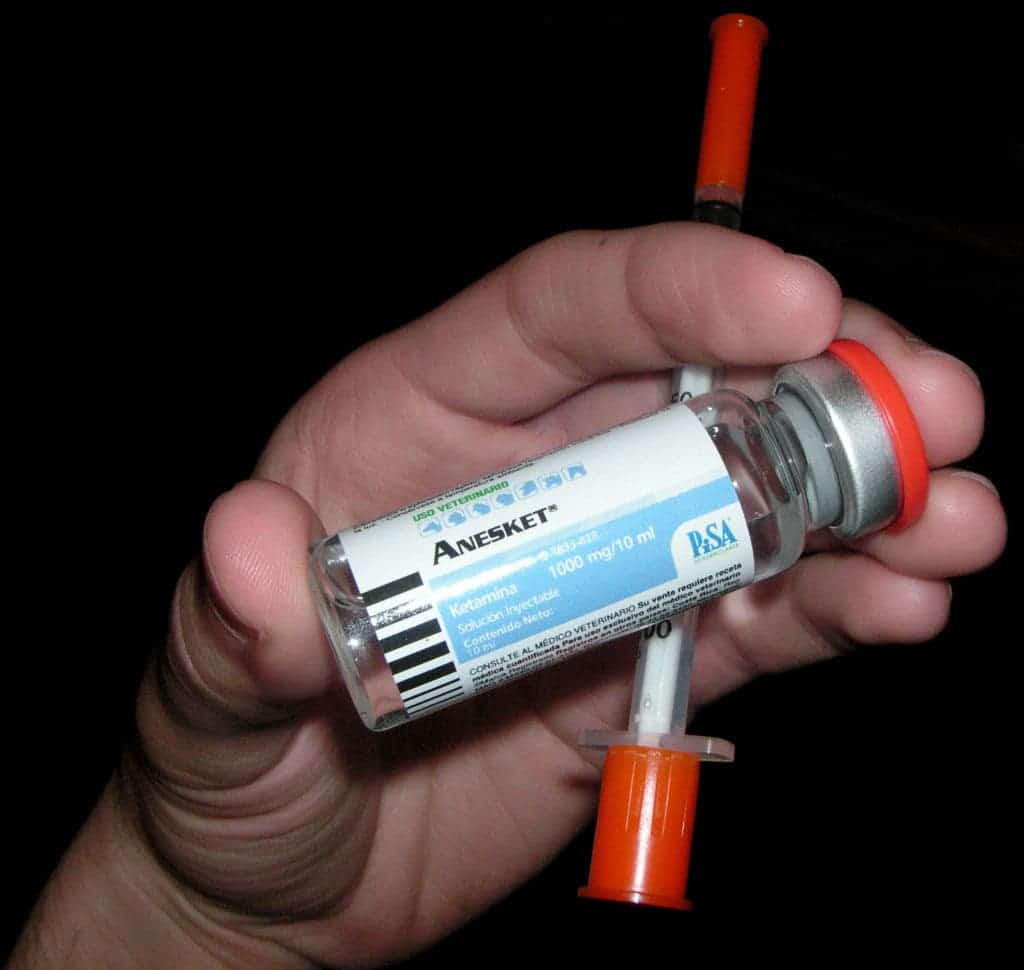
Ketamine, an anesthetic but also a common recreational drug, is seen as a promising tool for fighting clinical depression. For years, ketamine research has exploded, revived by both scientific and anecdotal reports of its anti-depressant qualities. In just a matter of hours from its injection, ketamine relieves major depression symptoms even when other drugs fail, and these effects can last for more than a month. Scientists now think they know how ketamine works its magic — it repairs brain circuits damaged by depression-induced stress and then regenerates synapses.
The drug that mends brain connections
Study after study has found that ketamine does wonders for a patient’s mental health. A single dose of ketamine or esketamine (part of the ketamine molecule) not only relieves depression symptoms but also stops suicidal thoughts and ideation. Both esketamine and ketamine are similar insofar as they target the neurotransmitter glutamate, however, esketamine has less of a high, compared to ketamine. Esketamine is the main active ingredient in Spravato, a nasal spray that recently became the first Food and Drug Administration (FDA)-approved antidepressant based on ketamine.
Dr. Conor Liston, a neuroscientist and psychiatrist at Weill Cornell Medicine in New York, wanted to investigate how the anesthetic triggers these therapeutic effects. Liston and colleagues had read about previous research showing that ketamine creates new synapses (connections between brain cells). Their new study recently published in the journal Science sheds more light on this process, revealing a two-step process that starts with brain circuitry repair.
Liston and colleagues from the US and Japan experimented on mice which were given a stress hormone in order to exhibit depression-like symptoms. The rodents lost interest in eating sugary treats or exploring a maze, some of their favorite activities.
A special laser microscope that fired onto the animals’ brains revealed that the stress caused the mice to lose a lot of synapses. When a single dose of ketamine was administered to the depressed rodents, the researchers were stunned to see that the drug was restoring exactly the same synapses that had been earlier destroyed by exposure to chronic stress.
But this still wasn’t the full picture. The researchers then genetically modified mice so that their brain cells would glow under a microscope when active or get dimmer when inactive. By carefully observing the rodents following ketamine ingestion, the researchers could identify which brain circuits lit up together.
“Ketamine rescued behavior in mice that was associated with depression-like phenotypes by selectively reversing stress-induced spine loss and restoring coordinated multicellular ensemble activity in prefrontal microcircuits,” the authors wrote.
The findings showed that in only six hours after a dose of ketamine, brain circuits damaged by depression started firing together again in sync. The mice also started exhibiting normal behavior in this time period. What’s more, these changes took place before the synapses were restored — it was only after 12 hours following ketamine treatment that neural connections started forming. This means that ketamine might first need to repair brain circuits and only after this can it start off the synaptic regeneration process.
The new study might also explain why ketamine’s antidepressant effects wear off eventually — if the synaptic changes cannot be maintained, there will be a relapse. In the future, the researchers would like to find a way to maintain these brain circuits and prolong the treatment’s duration.






